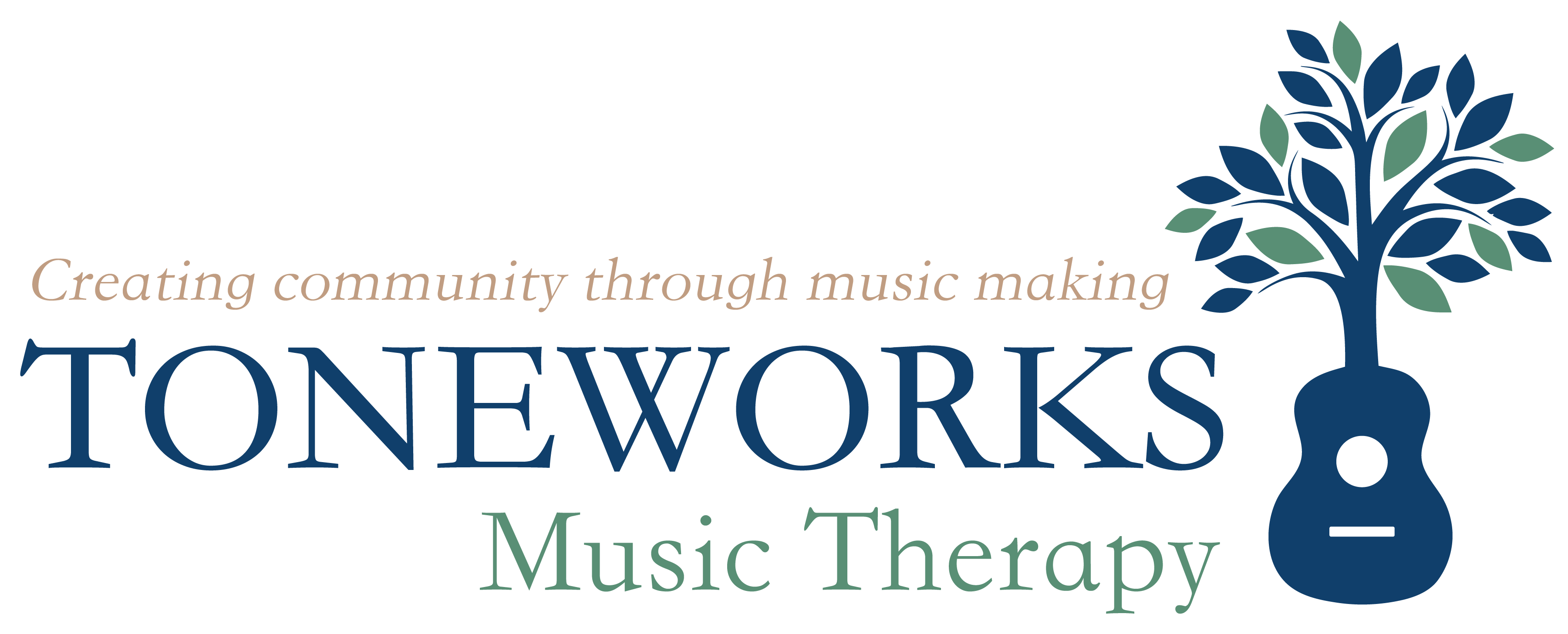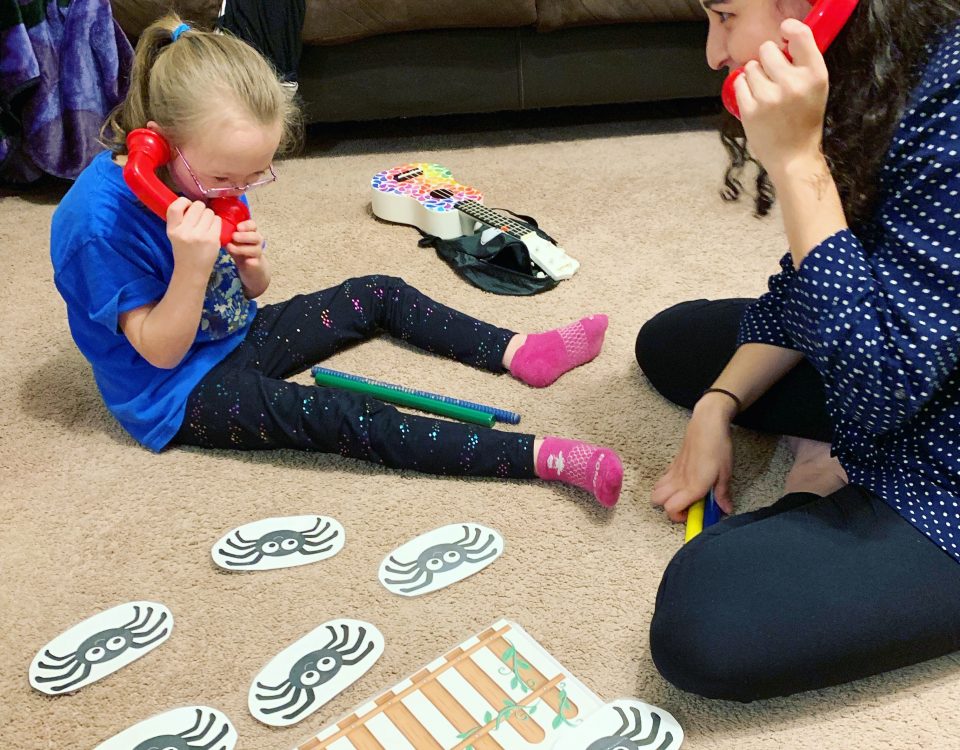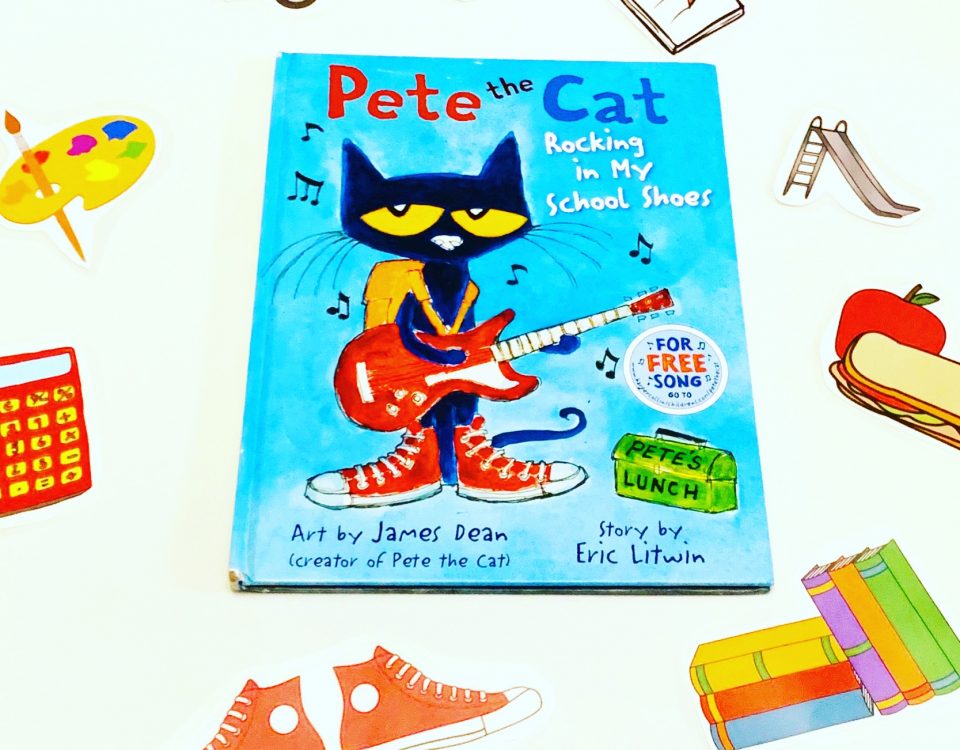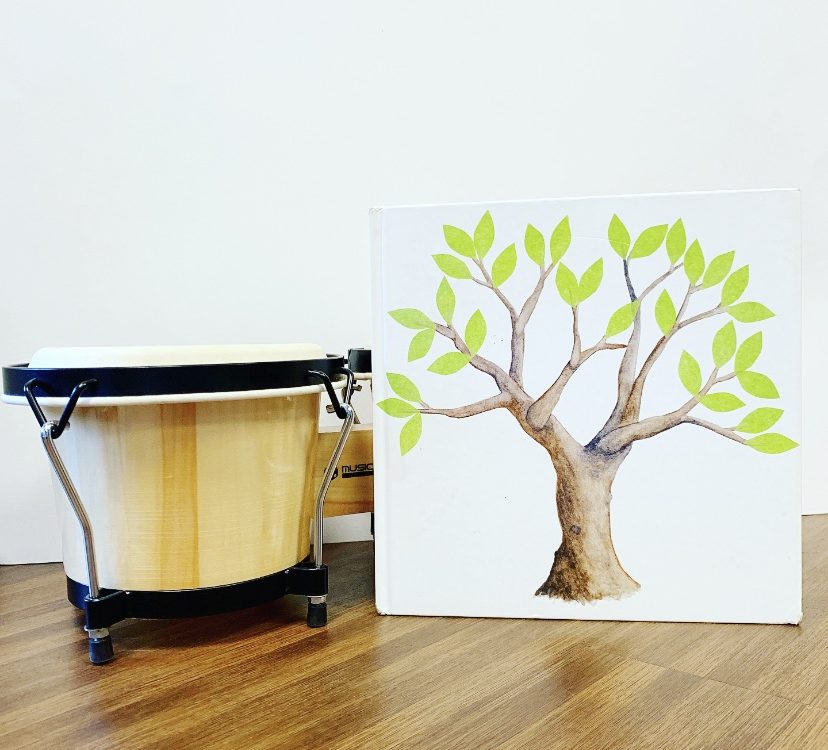What’s In My Bag?-Alexa’s Essentials

What’s In My Bag? – Tanner’s “Trunk Full”

Gingerbread Man – Original Intervention
Hello, Alexa here! It has been literal years since I wrote a blog post but I am back to add to our fun “what’s in my bag?” series. As I’m sure you have noticed with other posts, us music therapists usually have super full trunks and heavy bags that we carry everywhere. My car is no exception, and in this post I am only going to be showing what is in the bag that I use most often with my individual clients. Keep in mind that my trunk is filled with other random bags for the classrooms I see and for special activities, this is just a quick little glimpse.
When people ask me what I do during sessions, one of the first things I always mention is books. This might be a personal bias of mine, but I think books are such a fun way to learn and explore, especially when you can make them into a song! I’m a big fan of libraries, and I try to go to at least 2 or 3 used book sales each year to raid the picture book selection. The books are not in perfect shape, but chances are they won’t be after 2-3 sessions anyway, so I think it’s a great option. The picture below shows some of mine and my clients’ favorite books to sing and read during music. These books help me to address so many goals: gross motor movement and imitation, color identification, animal identification, body part, identification, days of the week, counting, and articulation of sounds. I have visuals to go with most of these books and find that adding in this extra element helps keep my clients more engaged and adds an extra challenge as well.
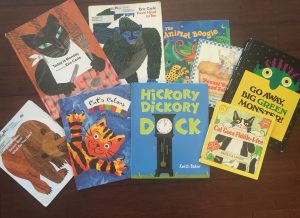
Speaking of visuals, here is the index file I use to carry around the visuals for tons of songs. All the pockets are stuffed full of visuals to use in songs like “Green Grass Grows All Around”, “Ants Go Marching”, and “Down by the Bay”. I bring this into classrooms often in case I need a last minute activity to fill some time, and my clients have been known to grab this out of my bag right when they see it!
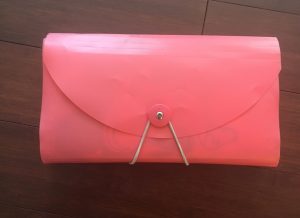
These are bigger visuals that I carry around, and are also a big portion of what I use with my clients, particularly younger children. I’ve thrown in some seasonal songs for this post because I love a good Halloween/fall themed intervention, but most of them are hits year round. In addition to using visuals for counting, fine motor manipulation, and color matching, I use visuals to help with communication and structure. I think it’s so important for my clients to be able to communicate what they want and need in a way that is accessible to them, and I find that a simple visual can really make all the different with this.
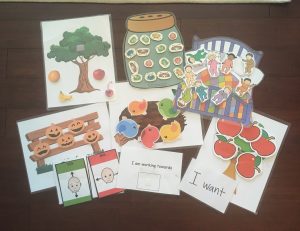
As Emily mentioned in her blog post, dollar sections and dollar stores are a music therapist’s best friend. I carry around these visuals and toys to work on specific skills like color matching, animal identification, shape matching, and number identification. Having these props really makes the songs more fun and keep clients’ attention and interest as well. This added sensory aspect can also help clients regulate their bodies and focus on the task at hand.
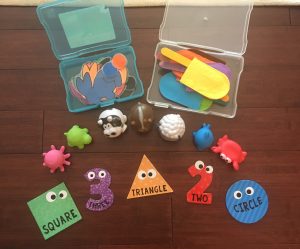
Last but certainly not least, I carry around instruments in my bag. You’d think that this would be most of what I bring to sessions but I actually only carry around a few staples regularly. These are the instruments I use frequently in sessions and find that my clients are most likely to choose when asked what instrument they want. The quack stick is a big favorite among clients of all ages, and I bring it out every once and a while just to be silly and take a little break from hard work during the session.
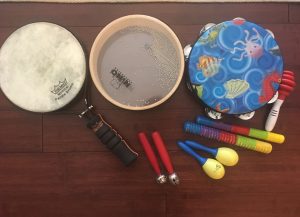
And here is the bag that holds all of these wonderful tools and toys! I’ve tried using reusable shopping bags from all over the place to hold my instruments and each time the bag has inevitably fallen apart or been ripped by the weight of everything that I carry around. I found this beach bag at Aldi this summer and it has been the best bag I have used so far. There are pockets inside and on the outside to store smaller visuals and props, and it’s sturdy enough to carry everything that I need. Plus it’s my favorite color and has an adorable pattern on it, so what’s not to like?
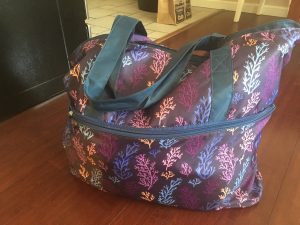
I hope that this glimpse into my music therapy “essentials” has been a fun chance for all of you to see what I use in my sessions, and possibly has provided you with some ideas or inspiration. Thanks for reading!
